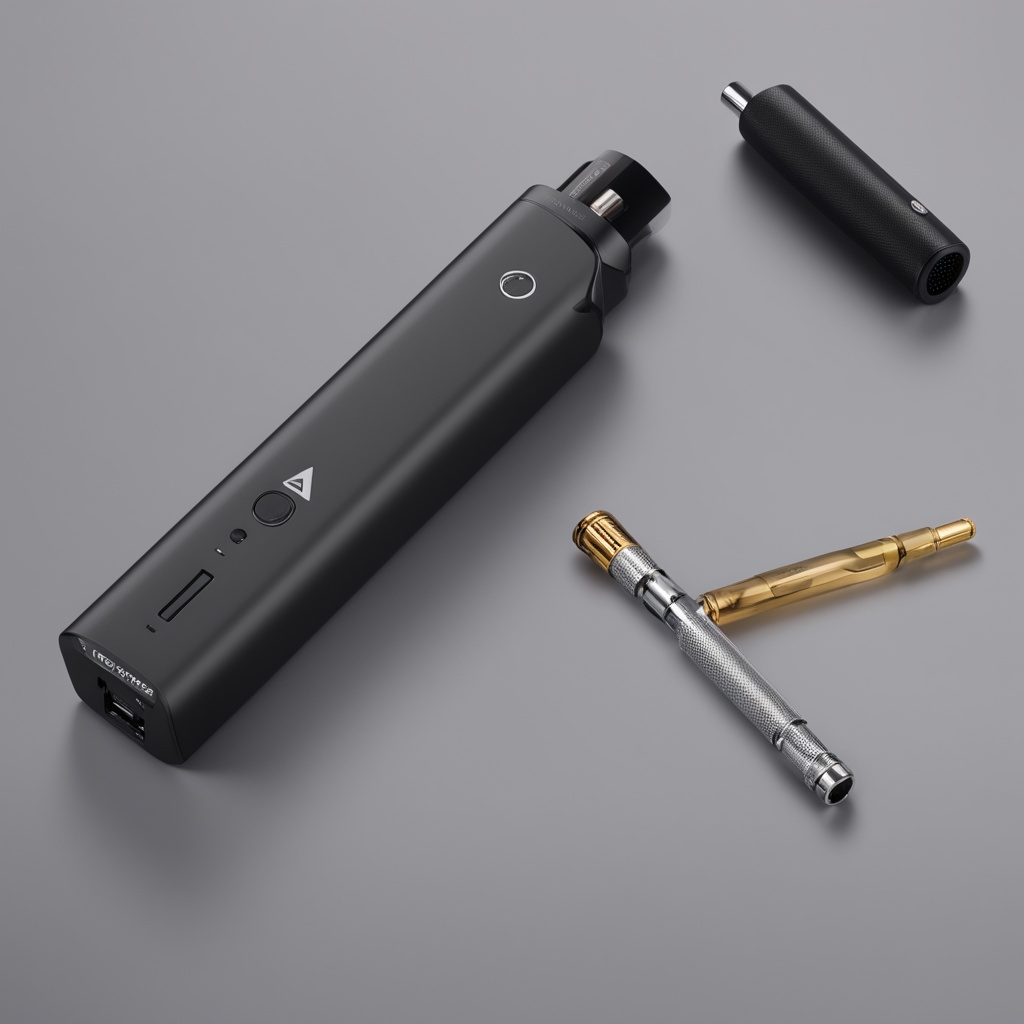Are iGet Vapes Safe? Examining the Facts About Australia’s Popular E-Cigarettes
As vaping continues to grow in popularity across Australia, one question dominates discussions: Are devices like iGet Vapes truly safe? With sleek designs, enticing flavors, and claims of being a “healthier” alternative to smoking, these products have captured the attention of both former smokers and new users. But behind the marketing lies a complex debate about safety, regulation, and long-term health impacts. Let’s dive into the evidence.
Understanding the Components of iGet Vapes
To assess safety, we must first examine what’s inside these devices. Most e-cigarettes, including iGet products, contain a mixture of:
- Nicotine (in varying concentrations)
- Propylene glycol or vegetable glycerin
- Flavoring agents
- Other additives
While nicotine itself is highly addictive, the greater concern lies in the unknown effects of inhaling vaporized chemicals. For instance, some flavorings have been linked to lung irritation, and heating certain compounds may produce toxic byproducts. Does iGet provide full transparency about their ingredients? Limited data makes this a pressing question.
The Regulatory Landscape in Australia
Australia’s approach to vaping is among the strictest globally. Prescription requirements for nicotine-containing products aim to curb youth access, yet non-nicotine devices like many iGet Vapes occupy a gray area. The Therapeutic Goods Administration (TGA) has flagged concerns about inconsistent labeling and unverified claims. Key issues include:
- Misleading marketing about “harm reduction”
- Lack of child-resistant packaging
- Unclear manufacturing standards
How can consumers trust products that bypass rigorous safety checks? Until stricter regulations are enforced, the burden falls on users to navigate risks.
Health Risks: What Do Studies Say?
Research on e-cigarettes remains divided. Short-term studies suggest they’re less harmful than traditional cigarettes, but long-term data is scarce. A 2022 review highlighted potential dangers:
- Increased heart rate and blood pressure
- Exposure to heavy metals like nickel and lead
- “Popcorn lung” risks from diacetyl in flavors
While iGet claims to avoid harmful additives, independent testing has yet to confirm this. Without standardized quality control, users risk inhaling untested substances. Are disposable vapes like iGet designed for profit over safety? Critics argue convenience often trumps caution.
User Experiences: Praise vs. Complaints
Online forums reveal polarized opinions. Some praise iGet Vapes for helping them quit smoking, while others report adverse effects like:
- Coughing fits
- Dizziness
- Battery malfunctions
One user stated, “It’s smoother than cigarettes, but I’m worried about what I’m putting into my body.” Another asked, “Why aren’t these devices tested like medical products?” Such testimonials underscore the need for transparency.
Comparing iGet to Other Brands
How does iGet stack up against competitors? Brands like JUUL and Vuse face stricter scrutiny in markets like the U.S., but Australia’s laxer rules allow companies to operate with minimal oversight. Key differences include:
- Higher nicotine concentrations in imported products
- Use of synthetic cooling agents (e.g., WS-23)
- Variability in coil materials
Without third-party verification, claims of “safer” alternatives remain speculative. Is any vaping product truly risk-free? Experts agree: inhaling anything besides air carries inherent dangers.
Frequently Asked Questions
1. Can iGet Vapes cause lung damage?
While not as immediately harmful as smoking, prolonged use may contribute to respiratory issues. Cases of EVALI (e-cigarette-associated lung injury) have been linked to certain additives.
2. Are nicotine-free options safer?
Nicotine isn’t the only concern. Flavorings and solvents can still irritate lungs, and heating elements may release metal particles.
3. How does Australia regulate vape sales?
Nicotine-containing products require a prescription, but non-nicotine devices are widely available online and in stores, often without age verification.
4. What should consumers look for?
Opt for TGA-approved products, avoid modified devices, and monitor for symptoms like shortness of breath.
The Bottom Line: Proceed with Caution
While iGet Vapes offer a modern alternative to smoking, their safety profile remains uncertain. Until comprehensive research and tighter regulations emerge, users must weigh potential benefits against unknown risks. As one public health expert warned, “We’re in the Wild West of vaping—buyer beware.”
So, are they safe? The answer isn’t black-and-white. If you choose to vape, stay informed, question marketing claims, and prioritize certified products. Your lungs will thank you.

